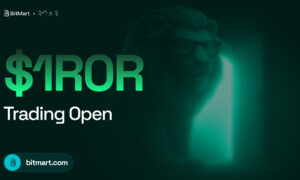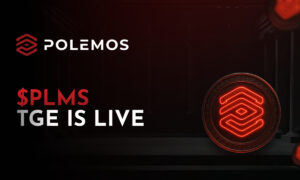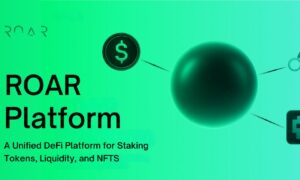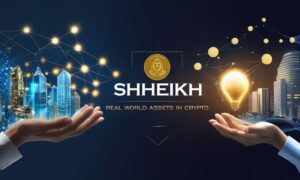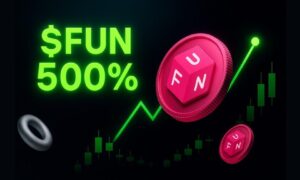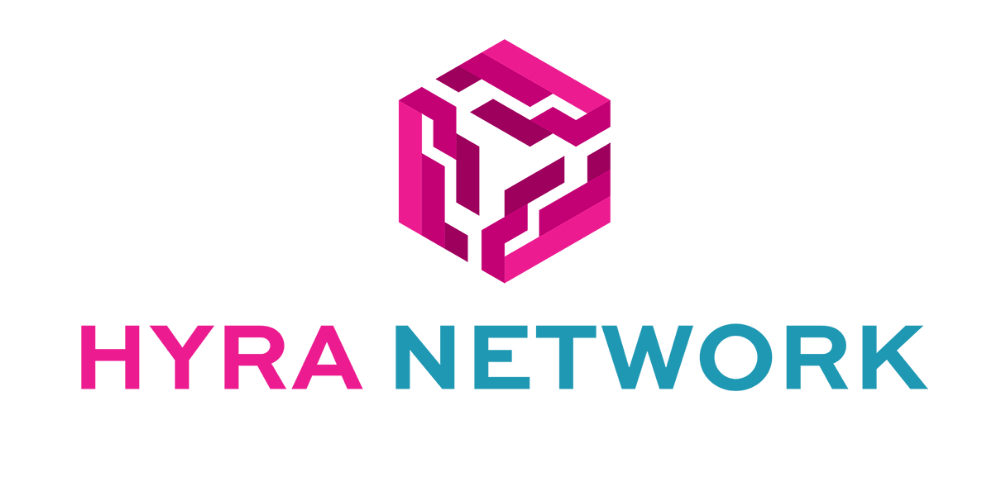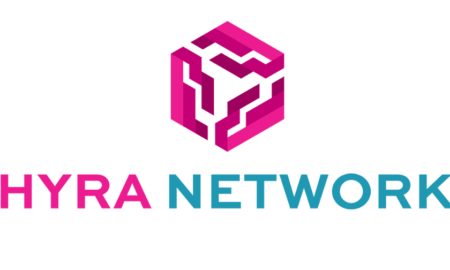The Future of NFTs: Why 2025 will be the year of utility and sustainability
The NFT market, which saw explosive growth in the early 2020s, will continue evolving significantly in 2025. Non-Fungible Tokens (NFTs) will expand their applications, moving beyond digital art and collectibles to integrate into various industries. Their role in redefining digital ownership and creating new revenue streams will keep them at the forefront of technological innovation. The big question for the year will revolve around whether the hype transitions into sustainable growth or remains a speculative trend.
A Shift Toward Utility-Driven NFTs
By 2025, utility-driven NFTs will dominate the market, focusing on providing tangible benefits rather than serving as mere digital collectibles. These NFTs will offer access to exclusive communities, services, and events, further increasing their appeal. Gaming platforms will lead the charge, enabling players to own and trade in-game assets such as skins, weapons, and virtual land. These assets will become cross-platform, enhancing their usability and value.
Brands will continue leveraging NFTs to engage with audiences by offering membership perks and lifetime access to exclusive content. As NFTs become increasingly tied to real-world benefits, their adoption will likely extend to industries like real estate, travel, and healthcare, providing value to both businesses and consumers.
Integration with Emerging Technologies
NFTs will find deeper integration with augmented reality (AR), virtual reality (VR), and the metaverse. Virtual worlds will rely heavily on NFTs for digital ownership, enabling users to buy, sell, and personalize virtual goods. Companies developing metaverse platforms will use NFTs as a foundation for creating immersive and monetizable experiences.
Retail brands will integrate AR with NFTs to offer customers the ability to visualize products in real-world settings. This will revolutionize shopping experiences, allowing buyers to interact with and test products before making a purchase. The fusion of NFTs with these technologies will strengthen their relevance in both consumer and business markets.
Sustainability and Environmental Innovations
By 2025, the NFT industry will prioritize sustainability, addressing concerns around the environmental impact of blockchain technologies. Platforms will adopt energy-efficient mechanisms such as proof-of-stake (PoS) and Layer-2 solutions to minimize carbon footprints. Ethereum’s move to PoS will serve as a benchmark, encouraging other blockchains to implement similar strategies.
Developers will introduce eco-friendly minting processes, making NFTs more appealing to environmentally conscious investors. These innovations will not only enhance public perception of NFTs but also attract new stakeholders who previously avoided the technology due to environmental concerns.
Regulatory Developments and Compliance
Governments and regulatory bodies worldwide will establish clearer frameworks to govern the NFT market by 2025. These regulations will address fraud, intellectual property disputes, and market manipulation. As compliance measures improve, the market will become more transparent and secure, attracting institutional investors who previously hesitated to participate.
NFT marketplaces will integrate advanced legal safeguards into smart contracts to protect creators and buyers. These developments will boost trust within the market and promote sustainable growth by reducing risks associated with fraud and ownership disputes.
Market Consolidation and New Entrants
The NFT market will see continued consolidation as major platforms acquire smaller competitors to strengthen their ecosystems. Leading marketplaces will introduce new features such as fractional ownership, allowing smaller investors to access high-value NFTs. This innovation will democratize the market, creating opportunities for a wider audience.
Simultaneously, new players will enter the market, targeting niche segments such as music, sports, and education. NFTs will offer artists and content creators new ways to monetize their work, while sports organizations will use them to engage fans with digital collectibles and exclusive experiences. This diversification will broaden the appeal of NFTs and sustain interest across industries.
Shifting Investor Sentiment
Investor sentiment will focus on long-term value rather than short-term speculation. The speculative bubbles of the early 2020s will lead to a market correction, eliminating low-quality projects and elevating those with strong roadmaps and communities. Blue-chip NFTs will remain valuable, while niche projects catering to specific interests will gain prominence.
Investors will prioritize NFTs with clear use cases and tangible benefits. Platforms offering NFTs tied to real-world utilities will attract significant interest, ensuring that the market matures rather than becoming stagnant.
Adoption in Traditional Industries
Traditional industries will increasingly adopt NFTs to enhance operations and engage customers. Real estate transactions will utilize NFTs for seamless property transfers, reducing paperwork and ensuring transparency. In fashion, NFTs will verify authenticity and enable digital twins of physical products for resale tracking.
The entertainment industry will leverage NFTs for fan engagement, offering access to exclusive content, virtual events, and merchandise. Educational institutions will certify degrees and achievements using NFTs, preventing fraud and ensuring credibility. These applications will demonstrate the adaptability of NFTs and their potential to transform established industries.
Challenges and Future Outlook
Despite advancements, the NFT market will face challenges in 2025. Scalability will remain a pressing issue, with high transaction volumes potentially leading to network congestion and increased costs. Education about NFTs will be critical to address skepticism and misinformation among potential users.
Future growth will depend on interoperability between blockchain platforms. Developers will work toward creating standards to enable seamless interaction across ecosystems. As innovation continues, NFTs will unlock new possibilities, enhancing their role in the global digital economy.
Conclusion
The NFT market in 2025 will evolve into a more mature and utility-driven ecosystem. Advancements in technology, sustainability, and industry adoption will sustain interest and ensure relevance. While challenges persist, the focus on innovation, regulation, and practical applications will redefine the perception of NFTs. The hype will transition into lasting value, making NFTs a cornerstone of digital ownership and a transformative force across industries.


